With the rise of smart home devices, home security cameras have become essential for many households, providing crucial protection for property and loved ones. Whether used for monitoring valuables, ensuring the safety of family members, or remotely keeping an eye on pets and packages, home security cameras play a significant role. However, with the rapid evolution of technology and the wide range of options on the market, many users find themselves facing numerous questions during selection and use. This guide addresses common questions about home security cameras, helping you better understand their features and benefits.
What Does Lumen Mean in Home Security Cameras?
Understanding Lumen
Lumen (symbol: lm) is a unit of measurement for brightness, describing the total amount of visible light emitted by a source in all directions. Simply put, the higher the lumen value, the brighter the light source. In home security cameras, the lumen value typically refers to the brightness level of the integrated lighting, such as floodlights or spotlights. Understanding lumens helps you choose the right camera for your needs, ensuring adequate illumination for effective monitoring.
The Role of Lumen in Home Security Cameras
For security cameras equipped with lighting, the brightness directly impacts the clarity and effectiveness of night-time surveillance. A high lumen output can not only provide clear images but also cover a larger area, ensuring the camera operates effectively in low-light environments. For example, lights with a lumen value of 2000 or higher can illuminate driveways or large yards, while lower lumen lights are suitable for smaller areas like porches or backyards.
Choosing the Right Lumen Value
Selecting the appropriate lumen value depends mainly on the camera’s placement and your specific needs. If your camera needs to cover large, open areas such as driveways or backyards, it’s advisable to choose a camera with a higher lumen output. For smaller spaces like front doors or alleyways, cameras with lower lumens will suffice. Additionally, some advanced cameras offer adjustable lumen settings, allowing you to customize brightness based on environmental light and personal preferences—a highly practical feature.
Can Security Cameras with Lights Deter Criminals?
Deterrent Effect of Lights on Criminals
Security cameras equipped with bright LED lights not only improve night-time image quality but also serve as a powerful deterrent. Intense lighting can instantly catch the attention of potential intruders, especially when they wish to remain unseen. The sudden activation of lights can make them feel exposed, often causing them to abandon their plans. This psychological deterrent plays a crucial role in safeguarding homes.
Real-Life Case Studies and Research Data
Numerous studies have shown that cameras with lighting significantly reduce incidents of home invasions and theft. For example, a study by the Crime Prevention Institute found that neighborhoods with well-lit security cameras experienced over 30% fewer night-time crimes. Additionally, user feedback consistently highlights that the presence of camera lights creates a heightened sense of being watched, which helps discourage unwanted behavior.
Maximizing the Deterrent Effect of Your Camera
To enhance the deterrent effect, place the camera in a visible location and ensure the lights adequately cover all potential entry points. Some cameras also come with voice alert features that play preset warnings when motion is detected, further reinforcing the security measure. Combining these features with a strategic installation can greatly improve the effectiveness of your home security system.
Can I Adjust the Brightness of My Home Security Camera Lights?
Brightness Adjustment Features Explained
Many modern home security cameras come with adjustable lighting, allowing users to modify the light intensity to suit specific conditions and needs. This customization enhances surveillance quality while minimizing light pollution or disturbance to neighbors. Brightness adjustments are usually accessible through the camera’s companion app, where you can use sliders or preset modes to control the lighting.
Differences in Brightness Adjustment Across Brands
The brightness adjustment capabilities vary among different brands and models. For instance, high-end models from Arlo and Ring often feature multi-level brightness controls and even automatic adjustments based on ambient light conditions. Conversely, some budget-friendly cameras may only offer basic brightness settings. Before purchasing, it’s recommended to review the product manual or consult with customer support to understand the range of brightness adjustments available.
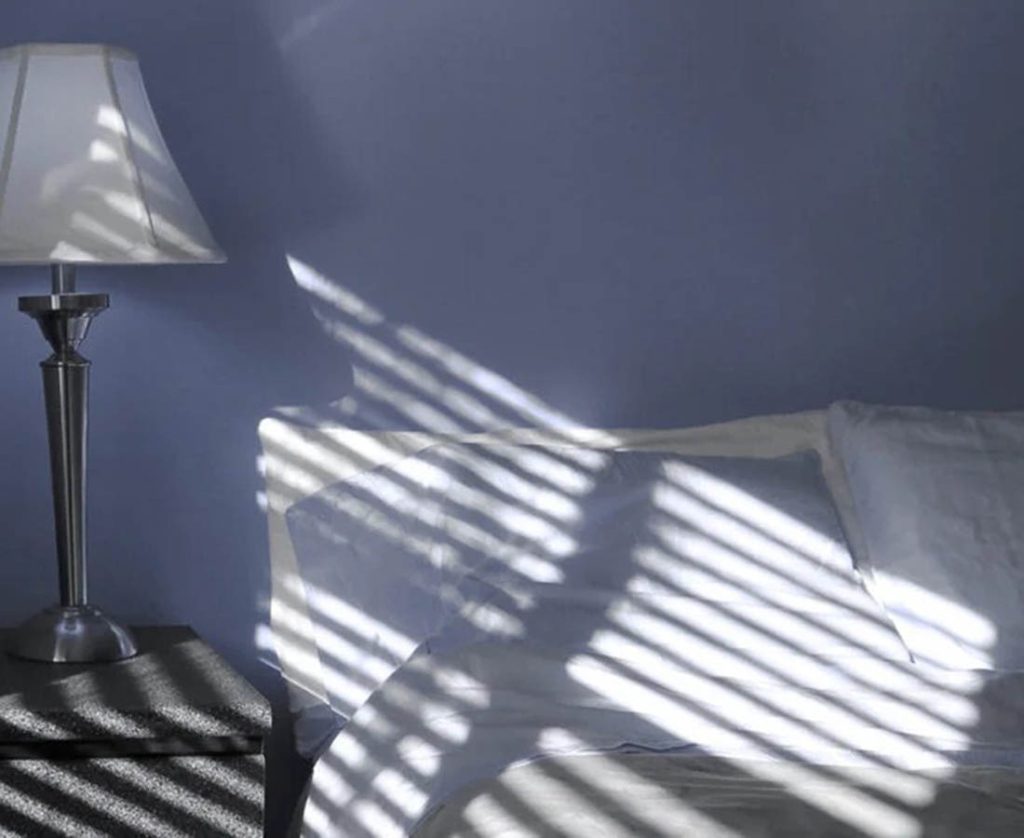
Practical Applications of Brightness Adjustment
Adjustable brightness is not just about achieving optimal surveillance but also about energy efficiency and extending the lifespan of the camera’s lighting components. On nights with good visibility, you can lower the brightness to save energy without compromising the camera’s performance, making this feature both eco-friendly and cost-effective.
How Can I Prevent My Home Security Camera Lights from Triggering Frequently?
Reasons for Frequent Light Triggers
Frequent light triggers are often due to overly sensitive motion detection settings. Many cameras are designed to automatically activate lights when motion is detected. However, if sensitivity is set too high, small movements such as rustling leaves, passing pets, or vehicle lights can cause the lights to turn on. This not only disrupts user experience but also causes premature wear of the lighting components.
Adjusting Motion Detection Sensitivity
Most smart cameras allow you to adjust motion detection sensitivity through the camera’s app. Reducing sensitivity or setting specific detection zones can significantly cut down unnecessary light activation. For example, you can limit the detection zone to a few meters in front of the camera to avoid being triggered by passing cars or pedestrians.
Leveraging Smart Recognition Features
High-end security cameras often feature smart recognition technology, distinguishing between humans, animals, and other objects. This capability greatly reduces false triggers, ensuring the lights only activate when human movement is detected. Brands like Google Nest Cam and Eufy offer models with advanced AI algorithms that accurately identify the type of moving object, further reducing false alarms.
Timers and Additional Tips
Another effective way to prevent frequent light triggers is by setting timers. Many cameras offer scheduled lighting modes, allowing you to program when the lights should turn on or off based on specific times or sunrise/sunset schedules. These intelligent settings help reduce unnecessary light activation while maintaining effective night-time surveillance.
Do Video Doorbells Have Lights?
Types of Lights in Video Doorbells
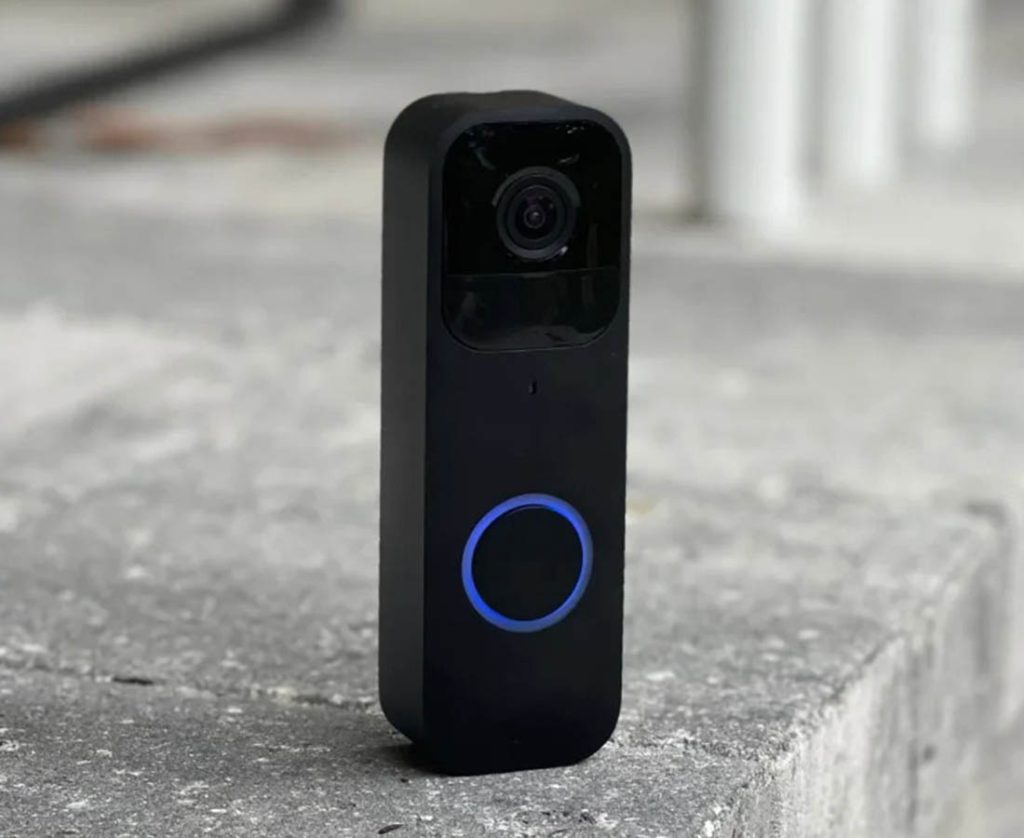
Many modern video doorbells are equipped with LED lights or infrared night vision, ensuring clear footage in low-light conditions. Compared to traditional security cameras, video doorbells often have less powerful lighting, primarily used to assist in capturing clear images rather than serving as a primary light source.
Functions of Lights in Video Doorbells
The lights on video doorbells serve two main purposes: providing supplemental lighting to ensure the camera captures clear images in dark conditions, and deterring potential intruders. When motion is detected, the light automatically turns on, signaling to visitors or potential intruders that they are being monitored. Some brands, like Ring and Nest, offer smart lighting adjustments that automatically change the brightness based on ambient conditions.
Optimizing the Use of Video Doorbell Lights
To maximize the effectiveness of your video doorbell’s lights, consider installing it in darker entrance areas and ensure no obstructions block the light and camera’s view. Regularly check the status of the lights to make sure they are functioning when needed. Adjust the detection range and sensitivity to minimize unnecessary light activation triggered by passing vehicles or animals.
Home security cameras are invaluable for safeguarding your home, but understanding their various functions and settings is key to maximizing their benefits. From choosing the right lumen brightness, enhancing the deterrent effect of lights, to adjusting settings to prevent frequent triggers, mastering these aspects will significantly enhance your experience with home security cameras. We hope this FAQ provides valuable insights and guidance as you choose and use your home security camera, ensuring that your household remains well-protected at all times.
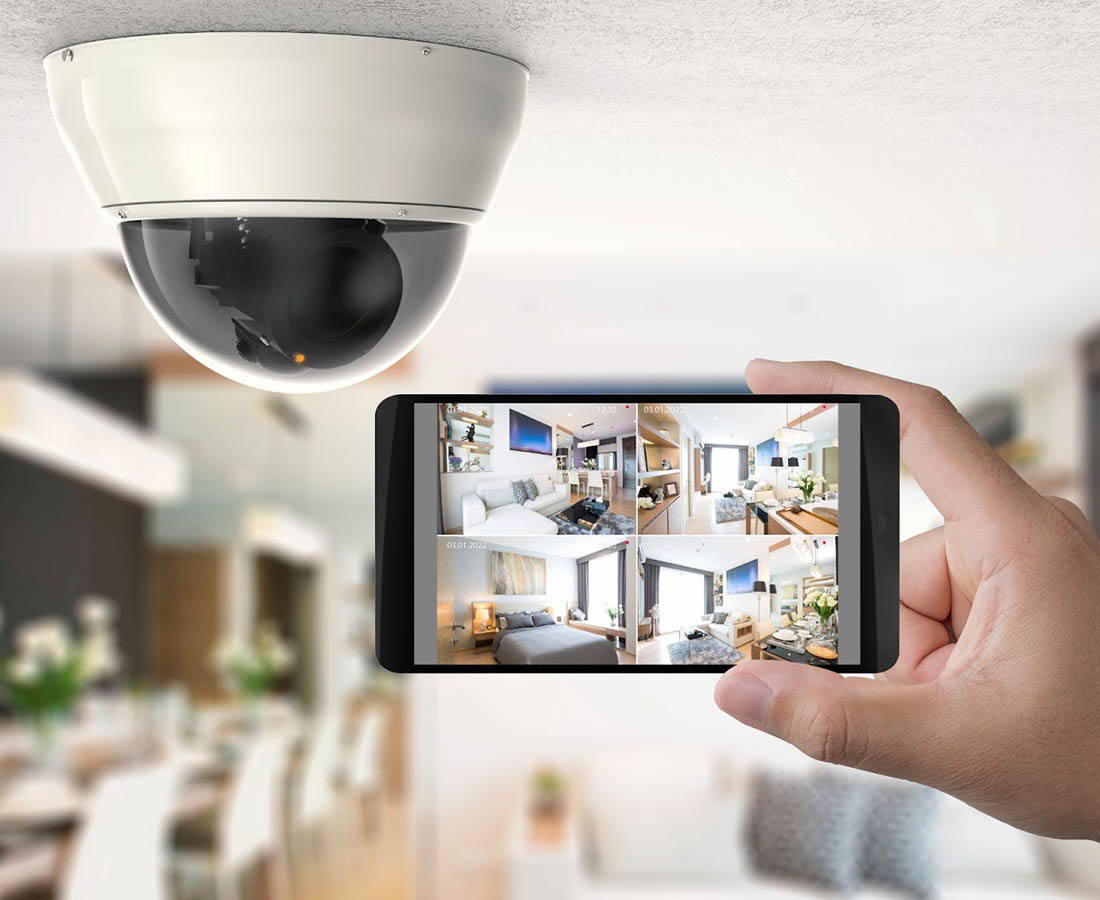

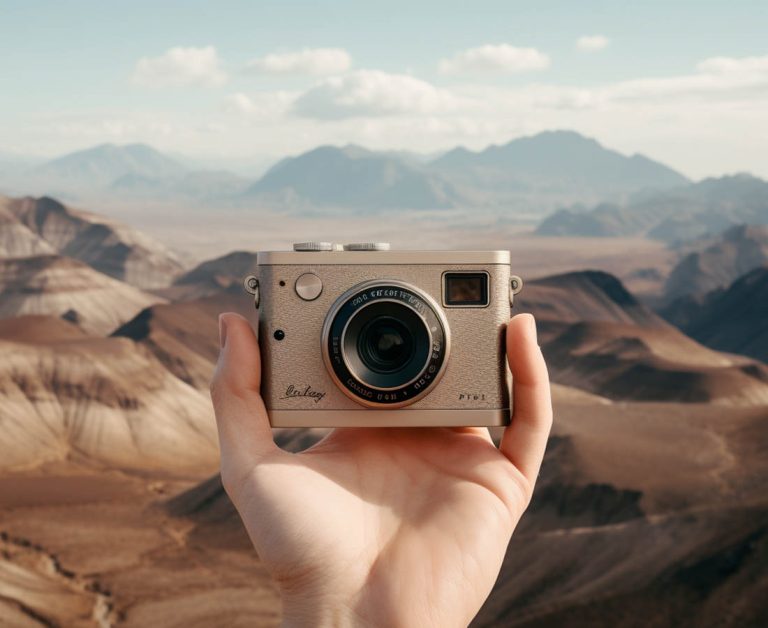
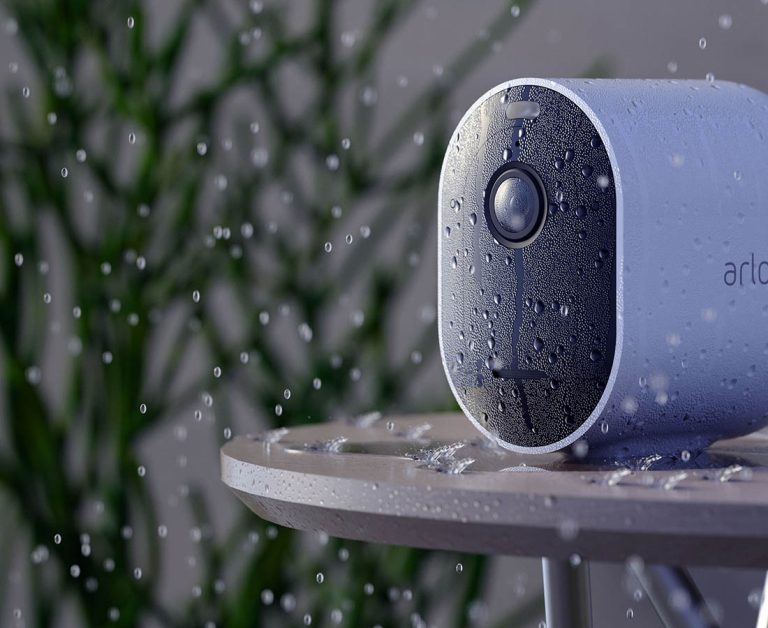
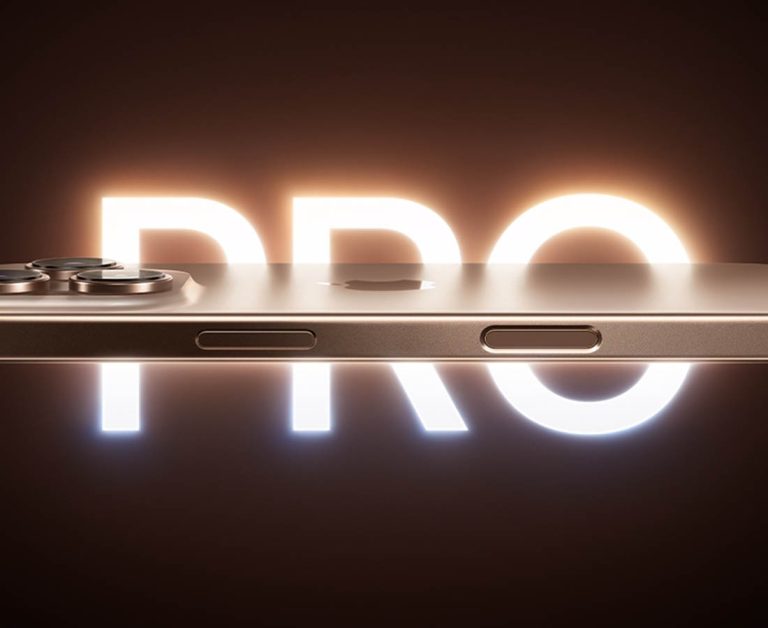

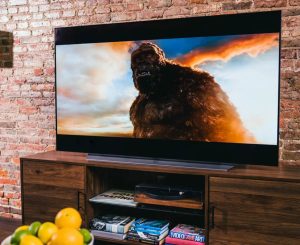


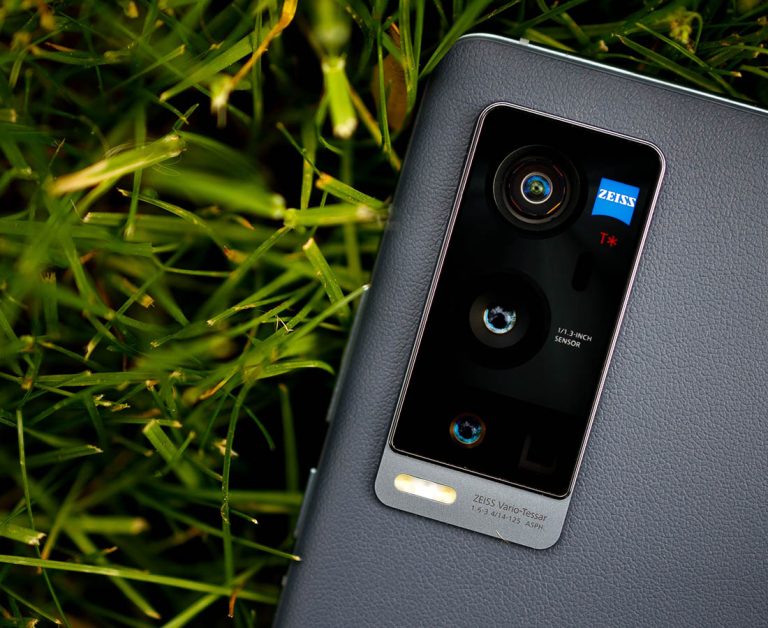

+ There are no comments
Add yours